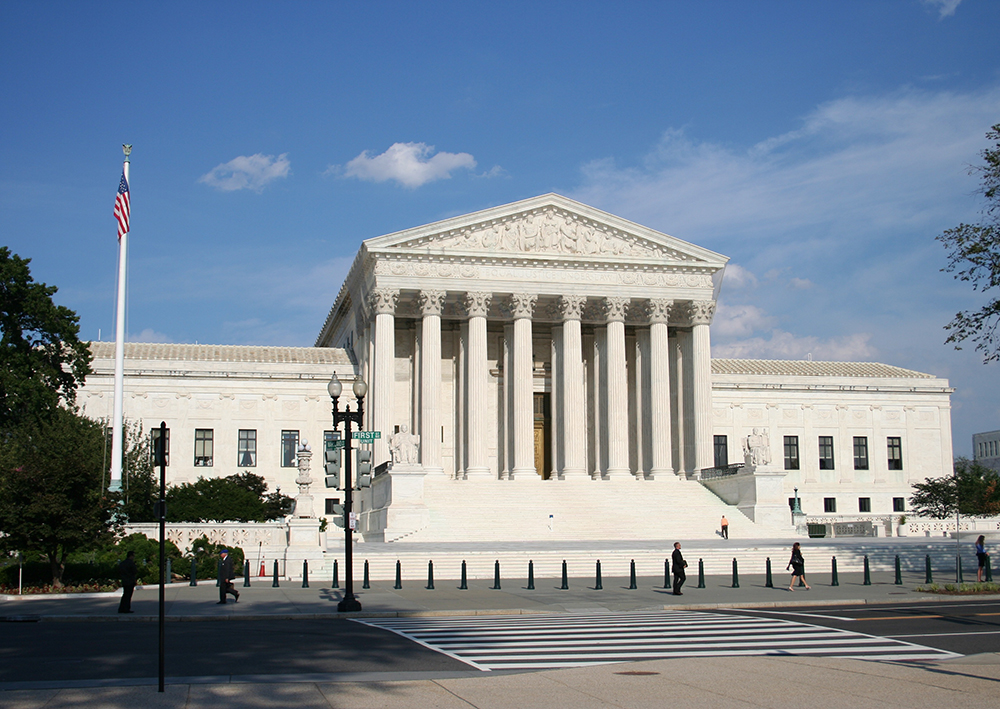On April 4, 2016, the Supreme Court unanimously shot down a challenge against the “one person, one vote” law. This rule, covered under the Equal Protection Clause of the Constitution, states that election districts are drawn based on current population numbers of areas rather than state-mandated appropriation schemes. This decision was upheld to ensure equal representation for everyone. Although the decision may seem like a political move to redraw district lines, upholding this constitutional clause remains important to upholding voting equality for the underrepresented.
“One person, one vote” dates back to the 1964 case, “Reynolds v. Sims.” In this case, Alabama based their district drawings upon the 1900 census of Alabama. This format favors rural communities because urbanization did not occur yet, misrepresenting citizens in urban areas. The old system favored drawing lines based on land rather than populated areas. In an 8-to-1 decision, stating that voting is a fundamental right and this right to vote must be open to every citizen based on population, they shot down Alabama’s apportionment scheme and mandated them to change their laws.
line-drawing population
In 2016, the decision to reject the ruling altered the original hearing. The Supreme Court stated that eligible citizens are not the only people counted in the line-drawing population. Illegal immigrants, those here legally but not yet citizens, and children are counted in that population. This demographic is found in urban areas that commonly vote democratic. If the decision was upheld without alteration, it would have favored republicans.
This alteration to the original decision may seem unfair. It allows lines to be re-drawn again to have different representatives elected. People who are not officially U.S. citizens and their children count towards making districts. At first glance, it seems wrong that The Supreme Court allows people who are not a part of the U.S. to be counted in an extremely important part of voting on all levels.
REPRESENTING INEQUALITY
Looking at this case deeply, this is not the case. The case represents equality. This decision upholds the constitutional right to be represented through voting. This decision gives equal weight to each vote cast.
Thinking this case is politically biased calls into question the idea of freedom in America. The right to vote is a fundamental part of the constitution many citizens had to fight for. People were beaten, jailed and even killed for this right. The case was originally decided in the heat of one the greatest civil rights movement in America. The original law gave more voting power to small areas of Alabama rather than the areas that truly counted, like highly-populated cities.
FIGHTING INEQUALITY
Although the striking down of the opposition against the “one person, one vote” law may favor one side of the political spectrum, it helps the fight for equality in America through equal representation in the election process. An issue like this should not involve favoritism of a party. People will vote for whoever they think will represent them well no matter the district. This case is just about equal representation — a right our Founding Fathers fought for.







